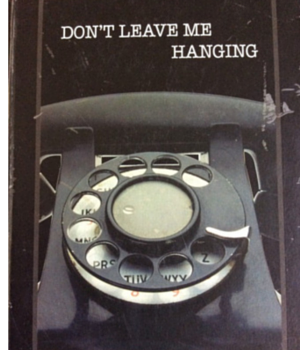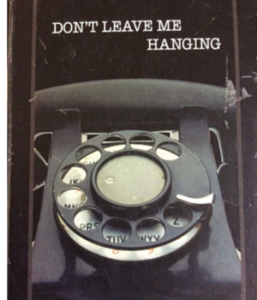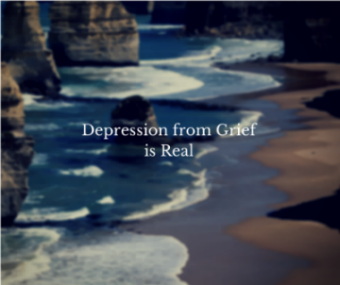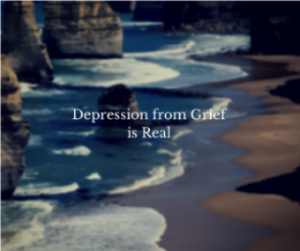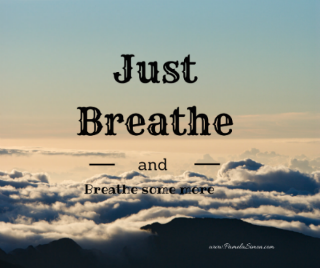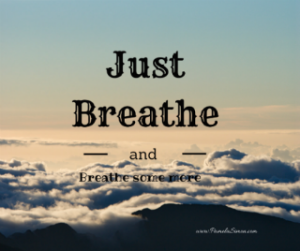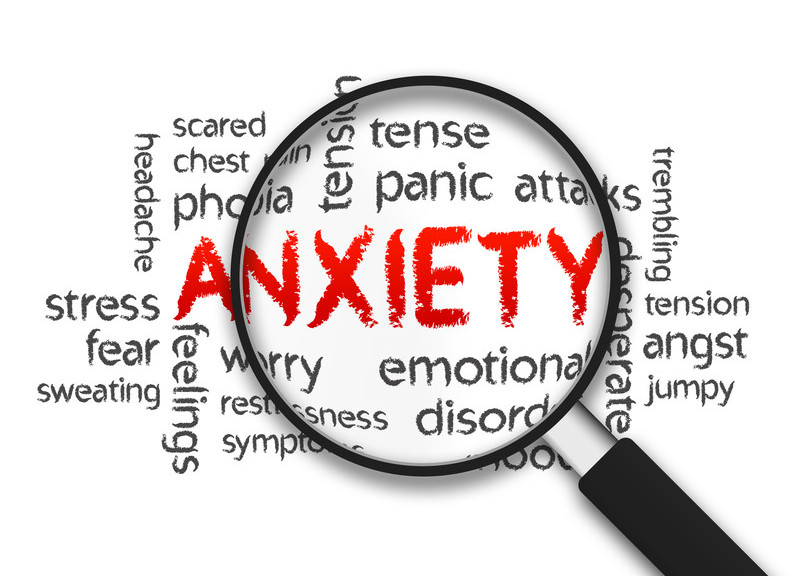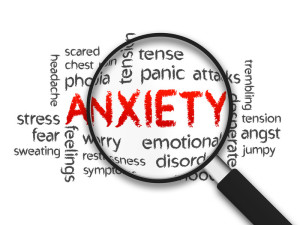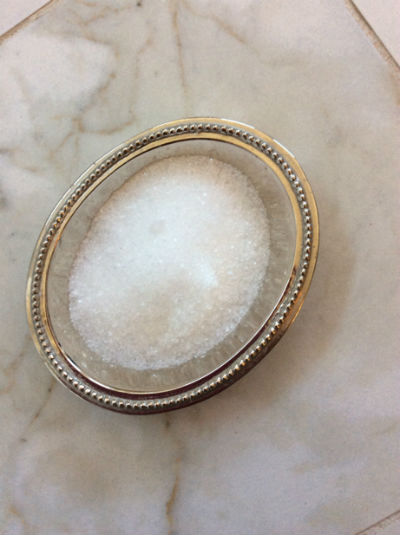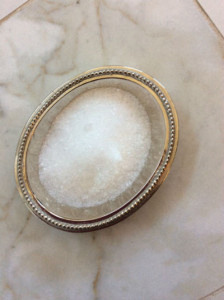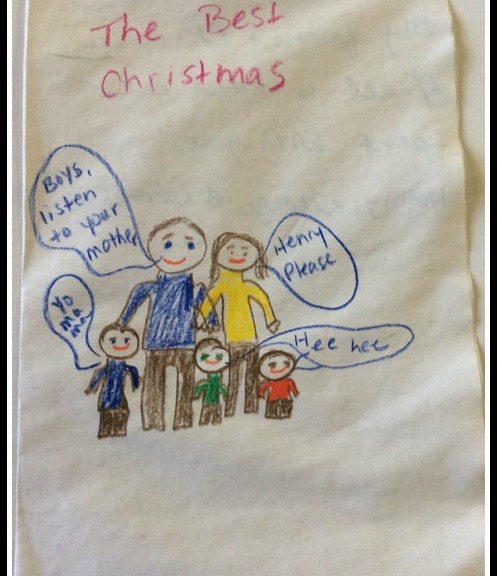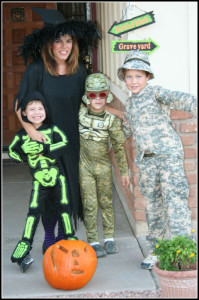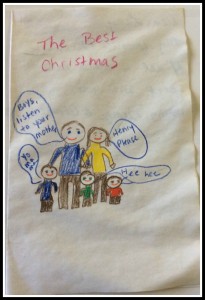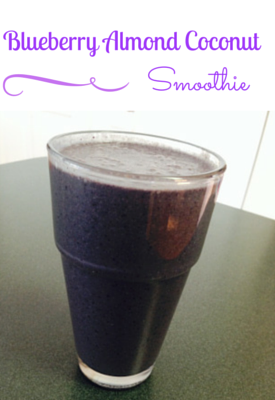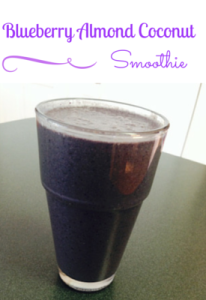This morning I shared my story of the depression I faced as a result of my grief. One of the tools I used to help cope during this time was writing in my journal.
I’ve mentioned in many of my posts that writing in a journal is a wellness practice I engage in on a regular basis. It’s helped me to reduce stress and anxiety, cope with my grief and even helps me plan for my future.
Writing in my journal provides me an avenue where I can let it all out. It’s uncensored and grammatically incorrect, but it belongs to me and only me. My journal is where I can put down all my feelings, especially those I don’t feel comfortable discussing with anyone else, including my grief counselor. My journal helps me to clarify my thinking process when I feel as though my thoughts are all jumbled. The reasons I write in my journal are numerous and it’s been an outlet for me since I attended college.
I’ve turned to writing in my journal many times throughout the years. Each time I faced a turning point in my life I wrote in my journal to reduce anxiety over the situation and to clarify my thought process.
So naturally, for me, when my husband Larry died I knew I had to get a journal. It was the most logical step for me during the most illogical time of my life.
I found myself at Target one day in search of a new journal. The mere fact that I was in a store in search of a writing tool was a HUGE step at the time. I stood in the aisle staring at the shelves for what seemed like an eternity to find just the right journal. There were so many plain ones and even though I felt so sad I knew I wanted the cover to speak to me each time I reached for it.
Then I saw it, in black and white (which pretty much matched my mood), a simple rotary telephone (how I longed for simplicity in my life), and a caption that brought tears to my eyes as I stood in the aisle: Don’t Leave Me Hanging. I found my new journal.
This journal became my outlet. A way to communicate to Larry, a way to process my feelings, and sometimes a way for feelings to come out that I didn’t realize I had.
There’s no timetable or protocol you have to follow. Some sources will recommend writing in your journal daily to make it a habit. I say if you’re grieving you write in it whenever you want: daily, weekly, monthly, only you can determine the amount of time you want to spend journaling.
I didn’t journal every day and when I did I wrote in my journal mostly at night, after my kids went to bed. Some days I could barely stay awake and the last thing I needed was pressure that I had to write something down.
You don’t even have to go out and buy a journal, simply grab a piece of paper and start writing. You can write about anything that strikes you at that moment.
This process has been so cathartic for me that there are many times I go back and read what I wrote and I’m shocked at the information that poured out of me, almost as though it were written by someone else.
The clarity writing in a journal can provide is amazing and the cheapest form of counseling to boot! Please note this isn’t meant to take the place of counseling, it’s meant to provide another tool in your wellness bag.
The health benefits of journaling are well documented. According to Psych Central: the act of writing accesses your left brain, which is analytical and rational. While your left brain is occupied, your right brain is free to create, intuit and feel.
Here are a few of the benefits derived from writing in a journal:
• Clarify your thoughts and feelings
• Know yourself better
• Reduce Stress
• Solve problems more effectively
• Resolve disagreements with others
Writing in my journal after Larry died provided an avenue to release some of the pain I felt inside that could’ve caused damage emotionally and physically if left to fester.
After months of writing and pouring out my pain, sadness, anger, uncertainty of my future, I was left with more than just some tear stained pages to reflect upon.
I was given the gift of healing, one entry at a time.
I’ll share some of these entries in later newsletters mostly because I want you to know you’re not alone.
Although each path in grief is unique, there are common tools we can all use to help us become our own guide in this journey called life.
What do I do with all my journals?
What you choose to do with a journal once you feel its complete is up to you. I’ve been known to destroy some of my journals, mostly prompted by a move.
You know that time when you swear you’ll go through all your files and get rid of unnecessary items, heaven forbid they get packed in a box and make their way to your new house and unpacked and filed in a cabinet until the next time you decide to move.
Well, I’ve moved plenty since my college days and before I had children I had the luxury of time to go through old files and pictures and reminisce, decide what stays and what gets tossed. Each time I came upon an old journal I would curl up like I was reading a new book and be amazed at what I went through.
Did that really happen to me? Is that really how I felt? It’s the uninhibited privacy that allows me to let it all out in my journal. It’s also the very reason I destroy a journal.
It may sound morbid but it’s at these times that I ask myself, if I died and someone had to go through my belongings would I want them reading this? Usually it’s a resounding NO.
You may also want to consider finding a safe place to “hide” your journal if you don’t live alone. This is a tool that should bring you peace of mind not worry that someone else may read it.
Another reason I’ve been known destroy my journals is that I’ve bared my soul in these journals and I’m ready to move on. I only look forward once a decision in my life is made. So, while it’s nice to read a journal years after the fact, some chapters in my life don’t need to be replayed over and over.
Today I have a new journal. And just as I took great care in 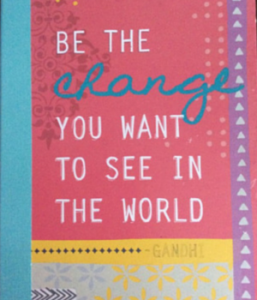 picking a journal to write in after Larry died, I did this same for this one.
picking a journal to write in after Larry died, I did this same for this one.
This journal reflects my new journey in life and I’m hoping it will have quite a few less tear stains than my last journal. This one is my journal of hope!
I pray you find peace with each entry you write.
Pam
PS. The pictures in the post are my actual journals. One helped me through the most difficult time in my life, the other…only time will reveal. To read this morning’s blog on Depression and Grief click here.

